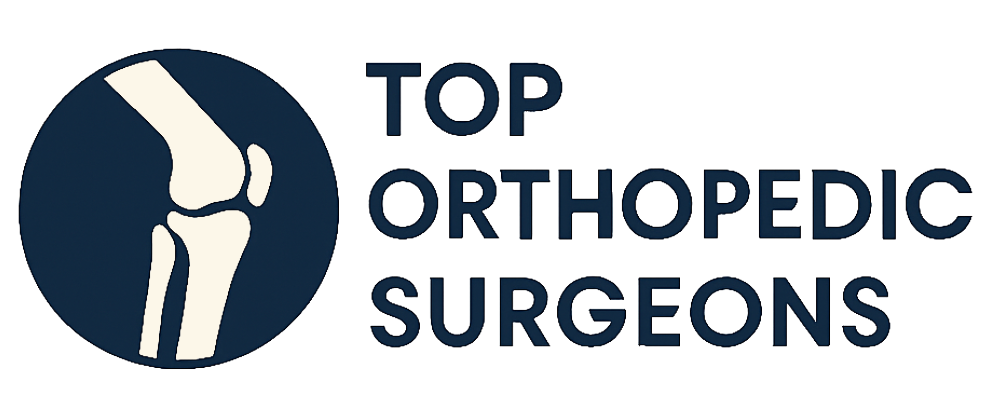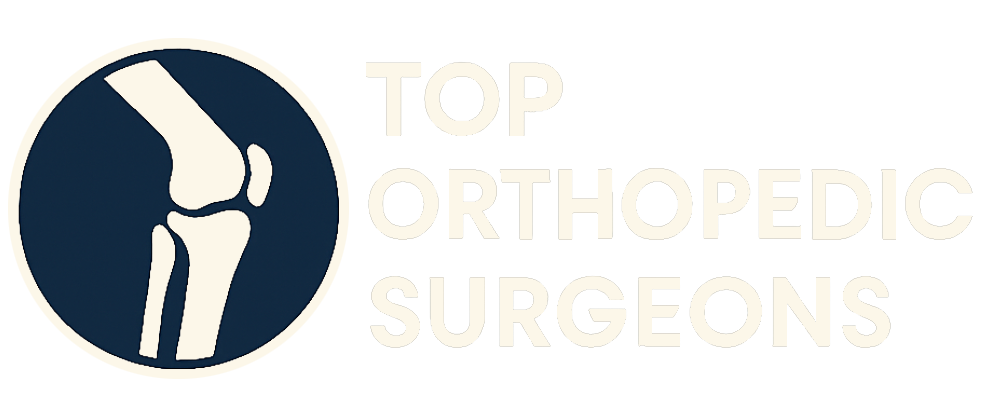Orthopedic injuries are a common part of life, affecting people of all ages and activity levels. These injuries can range from minor sprains and strains to more severe fractures and dislocations. Understanding the different types of orthopedic injuries, their symptoms, and available treatments is crucial for maintaining an active and healthy lifestyle. This guide aims to provide you with valuable information, empowering you to make informed decisions about your orthopedic health.
What are Orthopedic Injuries?
Orthopedic injuries involve the musculoskeletal system, which includes bones, joints, ligaments, tendons, and muscles. These injuries can result from a variety of factors, including:
- Trauma: Accidents, falls, or sports-related collisions.
- Overuse: Repetitive motions or excessive strain on joints and muscles.
- Degeneration: Age-related wear and tear on joints, leading to conditions like arthritis.
Common Types of Orthopedic Injuries
Let’s explore some of the most frequently encountered orthopedic injuries:
Sprains
A sprain occurs when ligaments, the strong bands of tissue that connect bones at a joint, are stretched or torn. This often happens due to a sudden twist or impact.
Common Symptoms of Sprains:
- Pain
- Swelling
- Bruising
- Limited range of motion
- Popping sensation at the time of injury
Common Sprain Locations:
- Ankle
- Wrist
- Knee
Strains
A strain involves the stretching or tearing of muscles or tendons (the tissues that connect muscles to bones). Strains are often caused by overuse, sudden movements, or improper lifting techniques.
Common Symptoms of Strains:
- Pain
- Muscle spasms
- Weakness
- Stiffness
- Limited range of motion
Common Strain Locations:
- Back
- Hamstring
- Groin
Fractures
A fracture is a break in a bone. Fractures can range from hairline cracks to complete breaks, and they can occur in any bone in the body.
Common Causes of Fractures:
- Trauma (falls, accidents)
- Osteoporosis (weakening of bones)
- Overuse (stress fractures)
Common Symptoms of Fractures:
- Severe pain
- Swelling
- Bruising
- Deformity
- Inability to bear weight or move the injured area
Types of Fractures:
- Simple fracture: The bone breaks into two pieces.
- Compound fracture: The bone breaks through the skin.
- Stress fracture: A small crack in the bone, often caused by overuse.
Dislocations
A dislocation occurs when a bone is forced out of its normal position in a joint. This can happen due to trauma or sudden movements.
Common Symptoms of Dislocations:
- Severe pain
- Deformity
- Swelling
- Inability to move the joint
Common Dislocation Locations:
- Shoulder
- Elbow
- Hip
- Finger
Tendonitis
Tendonitis is the inflammation or irritation of a tendon. It is typically caused by overuse or repetitive motions.
Common Symptoms of Tendonitis:
- Pain
- Tenderness
- Stiffness
- Weakness
Common Tendonitis Locations:
- Shoulder (rotator cuff tendonitis)
- Elbow (tennis elbow, golfer’s elbow)
- Knee (jumper’s knee)
- Achilles tendon (Achilles tendonitis)
Bursitis
Bursitis is the inflammation of a bursa, a fluid-filled sac that cushions joints and reduces friction between bones, tendons, and muscles. Bursitis is often caused by overuse, repetitive motions, or direct pressure.
Common Symptoms of Bursitis:
- Pain
- Stiffness
- Swelling
- Tenderness
Common Bursitis Locations:
- Shoulder
- Elbow
- Hip
- Knee
Arthritis
Arthritis is a chronic condition that causes inflammation and pain in the joints. There are many different types of arthritis, but the most common are osteoarthritis and rheumatoid arthritis.
Osteoarthritis
Osteoarthritis is a degenerative joint disease that occurs when the cartilage that cushions the ends of bones wears down over time.
Common Symptoms of Osteoarthritis:
- Pain
- Stiffness
- Swelling
- Decreased range of motion
Rheumatoid Arthritis
Rheumatoid arthritis is an autoimmune disease that causes the body’s immune system to attack the joints.
Common Symptoms of Rheumatoid Arthritis:
- Pain
- Stiffness
- Swelling
- Warmth
- Redness
- Fatigue
Diagnosing Orthopedic Injuries
A proper diagnosis is essential for effective treatment. Your orthopedic doctor will typically conduct a physical examination and may order imaging tests such as:
- X-rays: To visualize bones and detect fractures or dislocations.
- MRI (Magnetic Resonance Imaging): To provide detailed images of soft tissues, such as ligaments, tendons, and cartilage.
- CT Scan (Computed Tomography Scan): To create cross-sectional images of bones and soft tissues.
- Ultrasound: To visualize soft tissues and detect fluid accumulation.
Treatment Options for Orthopedic Injuries
Treatment options for orthopedic injuries vary depending on the type and severity of the injury. Common treatment approaches include:
RICE Therapy
RICE stands for Rest, Ice, Compression, and Elevation. This is often the first line of treatment for mild to moderate orthopedic injuries like sprains and strains.
- Rest: Avoid activities that aggravate the injury.
- Ice: Apply ice packs to the injured area for 15-20 minutes at a time, several times a day.
- Compression: Wrap the injured area with a bandage to reduce swelling.
- Elevation: Elevate the injured area above your heart to reduce swelling.
Pain Management
Pain relievers, such as over-the-counter medications like ibuprofen or acetaminophen, can help manage pain and inflammation. In some cases, your doctor may prescribe stronger pain medications.
Physical Therapy
Physical therapy plays a crucial role in rehabilitating orthopedic injuries. A physical therapist can develop a customized exercise program to:
- Strengthen muscles
- Improve range of motion
- Reduce pain
- Restore function
Immobilization
Casts, splints, or braces may be used to immobilize an injured bone or joint to promote healing.
Injections
In some cases, injections of corticosteroids or hyaluronic acid may be used to reduce pain and inflammation in a joint.
Surgery
Surgery may be necessary for severe orthopedic injuries, such as:
- Complex fractures
- Dislocations that cannot be reduced
- Torn ligaments or tendons
- Severe arthritis
Preventing Orthopedic Injuries
While it’s impossible to prevent all orthopedic injuries, there are several steps you can take to reduce your risk:
- Warm-up before exercise: Prepare your muscles and joints for activity with stretching and light cardio.
- Use proper technique: Learn and practice correct form when lifting, exercising, or participating in sports.
- Strengthen your muscles: Regular strength training can help support your joints and prevent injuries.
- Maintain a healthy weight: Excess weight puts extra stress on your joints.
- Wear appropriate protective gear: Use helmets, pads, and other safety equipment when participating in sports or activities that carry a risk of injury.
- Listen to your body: Don’t push yourself too hard, and stop if you feel pain.
- Ensure adequate calcium and vitamin D intake: These nutrients are essential for bone health.
When to See an Orthopedic Doctor
It’s important to seek medical attention if you experience any of the following symptoms:
- Severe pain
- Inability to bear weight or move the injured area
- Deformity
- Swelling that doesn’t improve with RICE therapy
- Numbness or tingling
- Open wound
Early diagnosis and treatment can help prevent long-term complications and ensure a full recovery.
Empowering Your Orthopedic Health
Understanding common orthopedic injuries is a significant step toward proactive healthcare. By recognizing the symptoms, embracing preventative measures, and seeking timely medical attention, you can take control of your bone and joint health. Remember, a healthy musculoskeletal system is essential for maintaining an active and fulfilling life, allowing you to pursue your passions and enjoy everyday activities with confidence. If you are experiencing any pain or discomfort, consulting with an orthopedic specialist is always recommended to ensure the best possible outcome. Your well-being is paramount, and informed decisions are the key to lasting orthopedic health.


